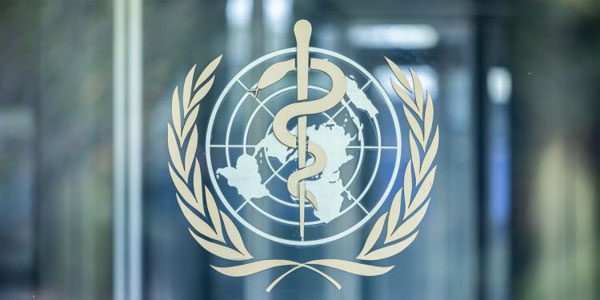Daijiworld Media Network - New Delhi
New Delhi, Oct 6: The World Health Organization (WHO), in collaboration with the International Federation of Gynecology and Obstetrics (FIGO) and the International Confederation of Midwives, has released a comprehensive set of new clinical guidelines to prevent, detect, and treat postpartum haemorrhage (PPH) — a childbirth complication responsible for nearly 45,000 maternal deaths annually worldwide.
Launched at the 2025 FIGO World Congress in Cape Town, the updated guidelines aim to enhance early diagnosis and rapid intervention, particularly in low-resource settings where maternal mortality rates remain highest. PPH, which involves severe bleeding following childbirth, can escalate rapidly, often proving fatal without immediate action. Even in non-fatal cases, the condition can result in lasting physical damage, hysterectomy, or mental health impacts like trauma and anxiety.

Dr. Jeremy Farrar, WHO’s Assistant Director-General for Health Promotion and Disease Prevention, stressed the urgency of timely care, saying, “Postpartum haemorrhage is the most dangerous childbirth complication since it can escalate with such alarming speed. While it’s not always predictable, deaths are preventable with the right care.”
One of the most significant changes in the new guidelines is a lower threshold for diagnosis. Previously defined by a blood loss of 500 mL or more, PPH should now be suspected when blood loss reaches 300 mL, especially if accompanied by abnormal vital signs. Clinicians are encouraged to use calibrated drapes, a simple but effective tool that allows accurate measurement of blood loss immediately after childbirth.
Once PPH is diagnosed, WHO now recommends prompt implementation of the MOTIVE bundle — a coordinated series of six interventions:
• Massage of the uterus to stimulate contraction,
• Oxytocic drugs to maintain uterine tone,
• Tranexamic acid (TXA) to reduce bleeding,
• Intravenous fluids to manage shock,
• Vaginal and genital tract examination to identify injury or retained tissue,
• Escalation of care when bleeding doesn’t stop.
In severe cases, procedures like surgery or blood transfusions are advised to stabilise the mother until definitive care can be administered.
Beyond emergency response, the guidelines emphasize the role of preventive care, especially in addressing anaemia, which increases the risk and severity of PPH. The WHO advises daily oral iron and folate supplementation during pregnancy, and intravenous iron therapy when a rapid response is needed or when oral treatment proves ineffective — including after a haemorrhage.
These updated clinical protocols represent a major step in global efforts to reduce maternal mortality and ensure that every woman, regardless of geography or income level, can survive childbirth and return safely to her family.